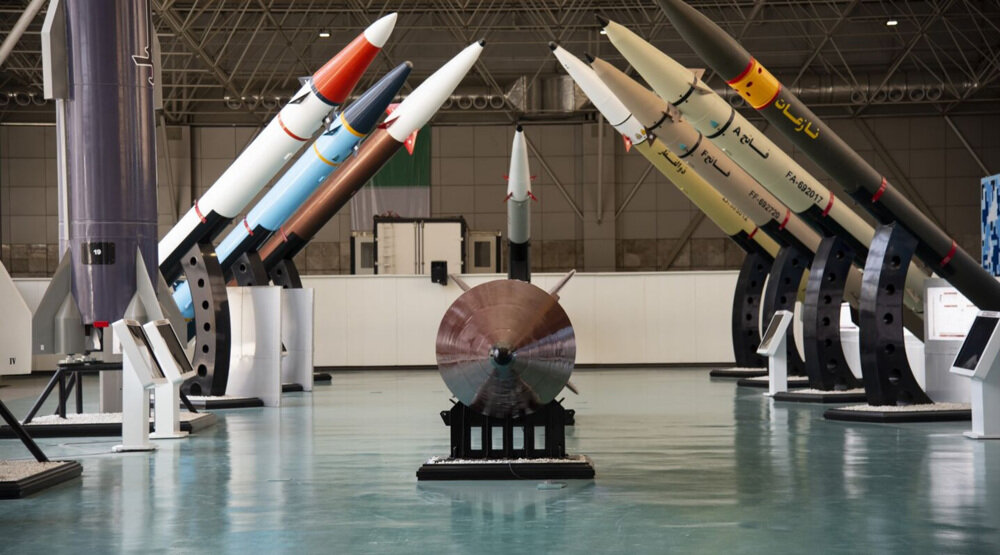As US looks to limit Iran’s missile program, commander assures industry 'unshakable'

TEHRAN – Iran’s Defense Ministry says the country’s missile program has continued to advance despite decades of foreign pressure, with officials crediting its resilience to domestic innovation and the legacy of top commanders who shaped the industry.
Brigadier General Reza Talaei-Nik, spokesperson for the Ministry of Defense and Armed Forces Logistics, said Iran’s missile capability has survived 45 years of sanctions because it is entirely homegrown and rooted in the expertise of Iranian scientists.
Speaking to Iranian media, he stressed that “if Iran’s missile capability were not indigenous, knowledge-based, and built on domestic capacities, it would never have been able to grow under such extensive defense sanctions.”
Talaei-Nik said the program was developed through the efforts of leading figures including Martyr Hassan Tehrani-Moghaddam — widely regarded as the father of Iran’s modern missile program — as well as Martyr Hajizadeh and other military engineers and specialists who helped expand the country’s missile arsenal. Tehrani-Moghaddam, he noted, played a foundational role in establishing, indigenizing, and advancing Iran’s missile power.
According to the spokesperson, the reliance on domestic expertise means sanctions will have “no meaningful impact” on the sector, as the missile industry’s dependence on foreign sources has already been reduced to a minimum.
Iran’s comments come months after the country used domestically produced missiles in its response to the Israeli attack of June 13, which was an unprovoked act of aggression. The assault triggered a 12-day conflict that left at least 1,064 people dead in Iran, including senior military commanders, nuclear experts, and civilians. The United States later joined the fighting, striking three Iranian nuclear facilities in a serious violation of international law.
In retaliation, Iranian forces fired a large volley of missiles at strategic sites across Israeli-occupied territories and targeted the U.S. Al-Udeid Air Base in Qatar, one of Washington’s most important military hubs in West Asia.
Despite extensive interception attempts by the U.S., Israel, and several European and regional partners, Iranian missiles still managed to hit a number of military and strategic targets. Iranian officials and analysts say the scale of the damage, unprecedented in previous confrontations, played a major role in prompting Israel and the United States to seek a ceasefire.
Reports in U.S. media later revealed that American forces expended roughly one quarter of their advanced THAAD interceptor stockpile during the conflict, firing more than 100—and possibly up to 150—missiles in an attempt to intercept Iran’s ballistic strikes. Two of the United States’ seven THAAD systems had been deployed to defend Israel.
The rapid depletion of interceptors raised concerns in Washington about the strain on U.S. missile-defense readiness, particularly at a time when public support for military aid to Israel has been declining.
The outbreak of conflict also halted the latest round of nuclear negotiations between Tehran and Washington. U.S. officials are now pressing Iran to include restrictions on missile range in any future agreement — a demand Iranian officials have publicly rejected.
Iran’s top security official Ali Larijani said that Washington now wants Tehran to cap its missile range at 500 kilometers, a limit he described as unacceptable because it would prevent Iran from retaliating against future Israeli attacks.
Following the war, the United States imposed additional sanctions targeting Iran’s missile industry — measures that Tehran says are ineffective given the program’s domestic foundations.
Leave a Comment